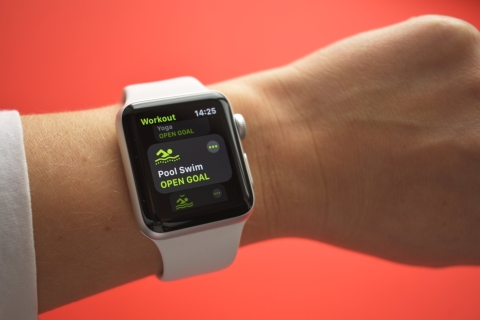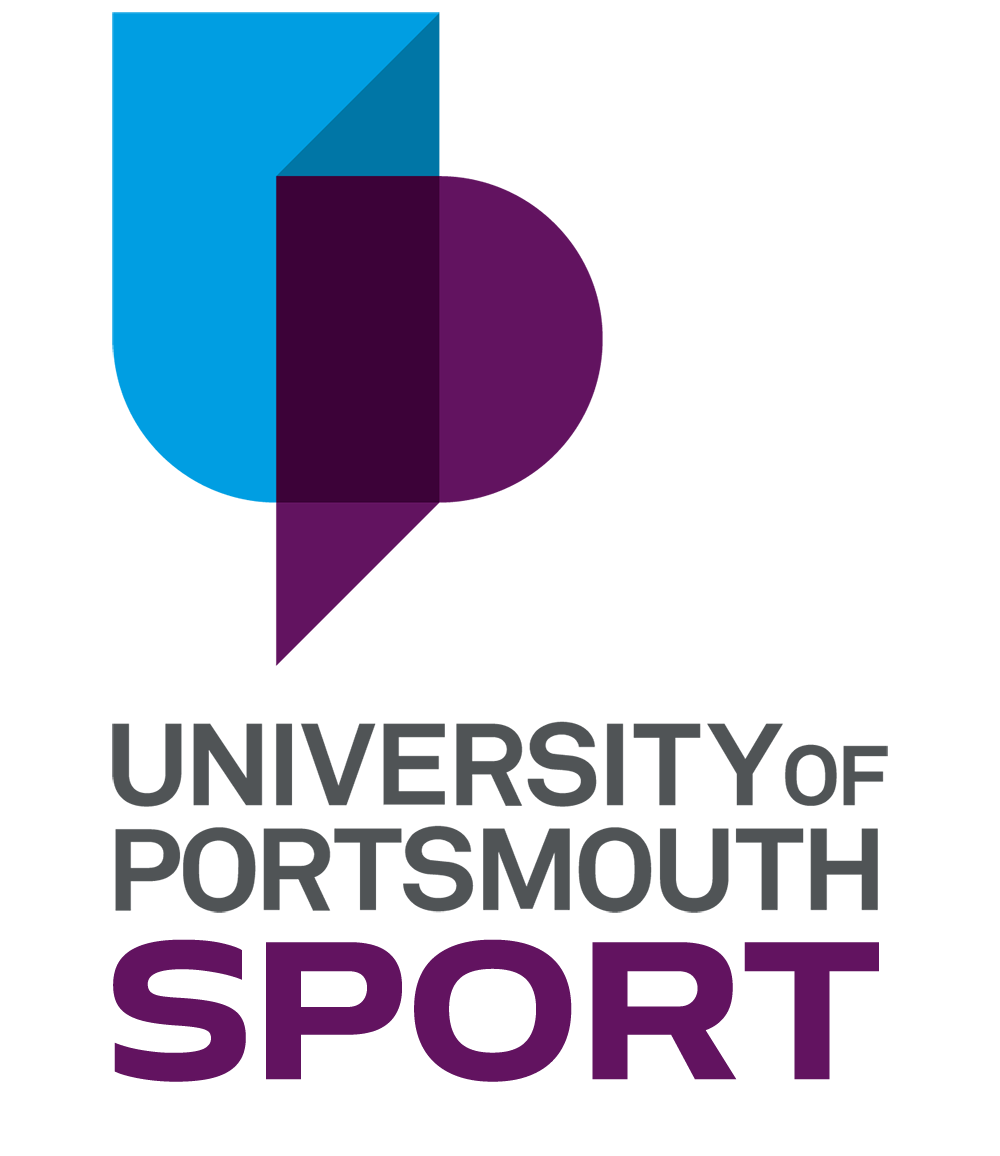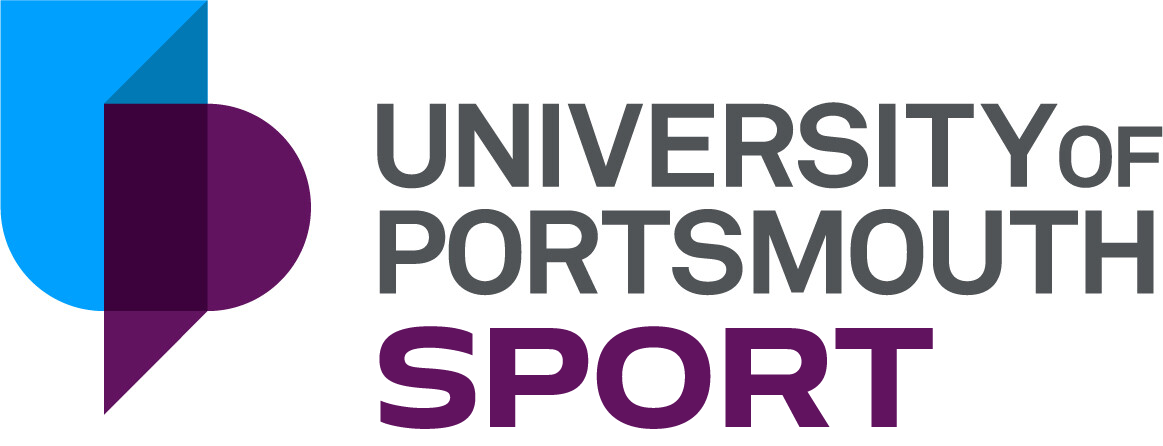

The worldwide survey of fitness trends have been released but what does this mean for you this year?
The fitness trends for 2022 have been released by the American College of Sports Medicine (ACSM) and make for some interesting reading. The top 20 list has been released annually since 2006 and is the result of an annual survey completed by health and fitness practitioners, personal trainers, academics and business owners worldwide.
The results make a clear distinction between trends and fads to make it clear that the trends are likely to stay around for a number of years. Trends are generally a development or change in a situation or the way people are behaving, while a fad is more typically associated with an activity or interest that is very popular for a short period of time. Think tracking your run compared to barefoot running.
COVID is still having it’s impact across the world with the effects felt in the fitness industry and across everyone's daily lives and this is reflected in the list. The use of vaccinations, steps to prevent transmission and isolation periods has allowed many businesses to function with some normality. So, let’s get into the list and how you can use them to your advantage.
1. Wearable Technology
Since it’s introduction 7 years ago it has topped the trends list 5 times, and there is no sign of it slowing down. Wearable technology and items such as a Fitbit, Garmin, Polar, Samsung or Apple watches provide a range of data to help optimise your training. They typically track data about your training and heart rate training zones, count your steps, provide heart rate data at rest and when active as well as monitor your sleep.
If you got one of these from Santa or the January sales there are some simple ways to ensure you are getting the most out of your fitness tracker such as ensuring you move enough during the day by counting steps, your sleep habits are efficient and your training at the right exercise zone. One of the most effective ways to use them is to ensure your energy expenditure is right for your goals. If weight loss is your goal, ensure you’re in an energy or calorie deficit, essentially you’re burning more energy than you’re consuming through food and drink. If muscle or weight gain is your goal, you’ll need to make sure you’re consuming more calories than you’re burning.
Another easy way to use a fitness tracker is to ensure you’re training at the right intensity by monitoring your heart rate during exercise. As a guide, low-intensity exercise which is roughly 40-50% of your max heart rate will give you the benefits of no longer being sedentary and starting to build your tolerance to exercise. This is particularly great if you’ve not worked out for a while, or are new to working out. You’ll often find walking, low-intensity cycling and other activities such as cleaning will invoke this response.
Moderate-intensity exercise is roughly 50-70% of your max heart rate and this is the zone you’ll likely burn more calories and burn fat. This zone is great for improving lung function, circulation and strengthening your heart, generally improving your aerobic function. Ideally, we’re looking for 150 minutes per week of moderate exercise, split up however you like. You’ll often find weight training will also invoke this response, however, will often peak during your activity and drop during rest. You can counteract this by keeping rest periods between 45-60 seconds or using supersets to keep your heart rate up and shorten rest periods.
High-intensity exercise is roughly 70-85% of your max heart rate, you’ll burn more calories here and using intervals can push your aerobic tolerance by working anaerobically at the top end. Think Les Mills Grit, HIIT sessions, Insanity or a Joe Wicks HIIT workout. You may feel the burn in your muscles, feel tired after each effort and generally need to push on to keep the intensity up. If you can stomach it, 75 minutes of high-intensity workouts per week will meet guidelines, but generally, a combination of moderate and high intensity will be more manageable.
Maximum effort is roughly 85-95% of your max heart rate. Think Usain Bolt style sprints, 1 rep max attempts, and anything that you can only do a few times in a row. Your energy levels will drop quickly after this, if you can talk during or just after, you’re not doing it properly.
2. Home exercise equipment
The first introduction to the list of trends this year with the after-effects of the pandemic starting last year. Many retailers sold out of home exercise equipment when many people wanted it back in the early days of the first lockdown. Now with stocks replenished people are looking to continue to build their own collection of equipment at home, couple this with companies like Peloton combining home exercise equipment with online training and the time savings it can provide it’s a new trend for this year.
We are keen to ensure everyone gets their exercise whenever is convenient and although providing a great alternative when we’re short on time, without a seemingly endless pit of money a home gym can be pricey to put together. Our advice would be to choose your equipment carefully and pick a couple of pieces that provide multiple workout opportunities in a cost-effective way. As an example, a set of resistance bands can provide a range of resistance and can be used on multiple body parts.
Focus on the small flexible bits of kit and allow us to provide large bulky items such as cable machines, resistance machines, treadmills, cross-trainers, heavy dumbbells, Olympic racks and more space you can shake your kettlebells at.
3. Outdoor activities
With Portsmouth so flat and with multiple areas to explore, outdoor exercise is a great way to get active, breathe in that sea air and avoid those hills. If running is your thing, get involved in parkrun the free timed 5km run taking place on Southsea seafront each Saturday morning, focus on your time and challenge yourself to improve this with consistency and complement your strength training. Our athletics and cycling clubs are great starters and if getting on the water is more your thing, our sailing and rowing clubs can help you get active on the water.
There are also multiple cycle routes around the city to tackle by pedal, allowing you to go slightly further than Portsmouth. Why not cycle to Eastney, jump on the ferry and explore Hayling Island. Outdoor exercise has endless possibilities with Queen Elizabeth Country Park and the South Downs National Park just outside Portsmouth for longer walks, hikes and trails.
4. Strength training and free weights
Now we’re talking, if there’s one thing we’d encourage everyone to do this year, it’s to get into the gym and push some weight around. Not like the pigeon chested gym bro’s, but with the correct technique, the right form and the right weight. Strength training has multiple benefits, you’ll burn more fat and stoke your metabolism the more muscle you have, and the afterburn of energy keeps going roughly four times longer than with cardio exercise after your workout. Take a look at our 7 stages of muscle growth article to ensure you’re firing on all 7 cylinders.
Couple this with your fitness tracker, some outdoor exercise to keep your cardio on track and you’ll be Southsea Common ready for the summer. Think throwing frisbees or a game of rounders with your friends in the summer. Lift more weights - it’s as easy as that. If you need any support, book yourself in for a programme with one of our fitness instructors to guide you through our free weights and strength machines.
5. Exercise for weight loss
We all know this time of year is usually the start and end of diets across the world. The severe restriction of everything we love just after a period where we’ve eaten anything we want is surely going to work, right? Probably not. Mindfully eating will obviously help but using exercise in collaboration with a slightly better-eating pattern will definitely help. So whether you’re vegan, vegetarian, pescatarian or not, eat a little better - less processed and packaged food, more clean sources of fruit, vegetables and protein. Check out our blog for other articles to help you eat a little better.
Consistency is 100% better than yo-yo dieting and exercising, try and set yourself a realistic target this year. Mine is to eat more vegetables and train 2-3 times a week. Keep your exercise programme varied, changing it every 6-8 weeks to ensure you stay motivated and your body continues to adapt. Seek help and advice if your motivation is slowing, our fitness instructors can help you if you’re struggling. Try new things and just move - walk, run, lift weights, throw that frisbee on the common, play mini-golf, just move in whatever way you enjoy.
The combination of wearable tech, outdoor activities, strength training and eating a little better will get you on track this year and maximise your goals. Along with Ravelin Sports Centre opening, tracking your activity will be easier than ever with our UOP Fitness app launching this year. The UOP fitness app will allow you not only to track your activity when using our gym, but also can link your fitness tracker to ensure whether you’re training indoors or outdoors all your activity will be stored in one place, with the addition of tracking your nutrition it really will be a one stop shop for all your needs. If you need any advice on anything you’ve read here, get in touch with one of our fitness team.
Why not explore the list of trends further and delve into the list from number 6 to 20?

